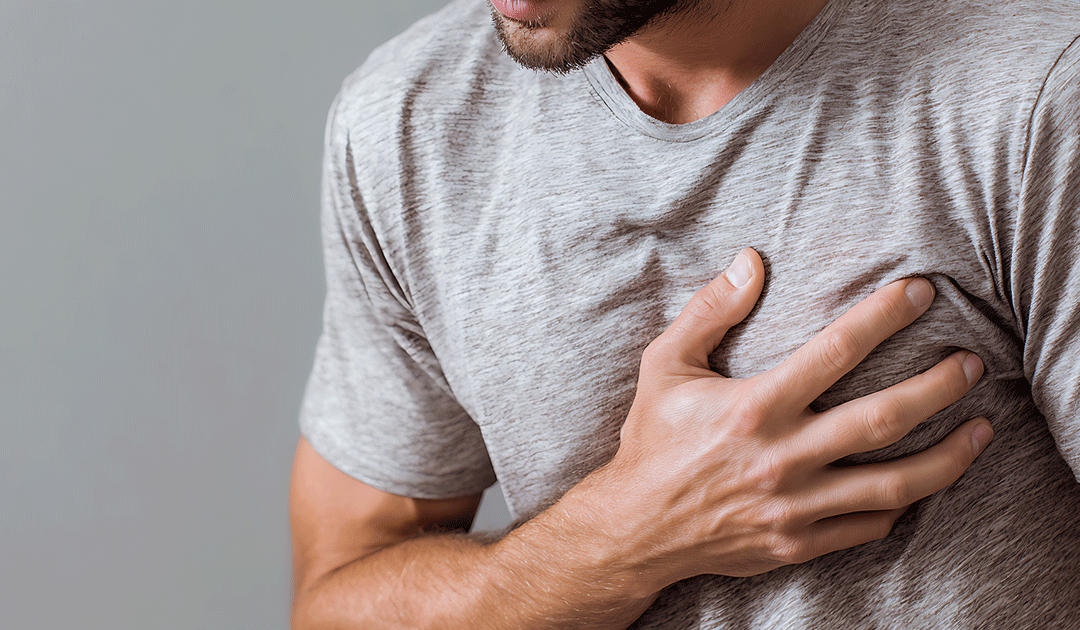When chest pain strikes or breathing becomes labored, fear can overwhelm rational thinking. Moreover, understanding the difference between heart attack and cardiac arrest becomes crucial in those terrifying moments when every second counts. These two severe heart conditions often get confused, yet they require different responses and have vastly different outcomes.
However, knowledge truly is power when it comes to heart health. In fact, recognizing the distinct signs and symptoms can mean the difference between life and death for someone you love. Meanwhile, this guide will walk you through the key differences between heart attack and cardiac arrest, helping you feel more confident and prepared.
Furthermore, we’ll explore what each condition means, how to recognize the warning signs, and most importantly, what immediate actions can save lives.
What Exactly Is a Heart Attack?
The attack occurs when blood flow to a section of the heart muscle becomes blocked, typically by a blood clot or plaque buildup in the coronary arteries. Think of it as a plumbing problem in your heart’s blood vessels. Moreover, unlike cardiac arrest, the heart usually continues beating during an attack, though it struggles to get the oxygen it desperately needs.
Its symptoms often develop gradually and may include intense chest pressure, radiating pain to the arms or jaw, and shortness of breath. However, women may experience different symptoms, including nausea, unusual fatigue, or back pain. Furthermore, some people experience what doctors call “silent heart attacks” with minimal or no apparent symptoms.
The critical factor with heart attacks is time. In fact, the longer the heart muscle goes without oxygen-rich blood, the more permanent damage occurs. Therefore, seeking immediate medical attention becomes absolutely essential for the best possible outcome.
Understanding Cardiac Arrest
Cardiac arrest is a totally different emergency. Meanwhile, this occurs when the electrical system malfunctions. This makes it stop beating well or stop completely. Moreover, unlike an attack where blood flow is the main issue, cardiac arrest comes from electrical problems inside the organ itself.
Cardiac arrest symptoms show up fast and without warning. The person usually falls down. They lose consciousness right away. They stop breathing normally. Furthermore, you won’t find a pulse. In fact, the cardiac arrest definition centers on this total stop of working. This makes it a real medical emergency that needs quick help.
Signs of cardiac arrest include sudden collapse. No response. No normal breathing. However, sometimes brief warning signs may happen first. These include chest pain, feeling dizzy, or fast heartbeats. Nevertheless, when cardiac arrest hits, the person has only minutes before brain damage starts.
The Critical Connection Difference Between Heart Attack and Cardiac Arrest
While heart attacks and cardiac arrest are different conditions, they can be interconnected. Moreover, an attack can trigger cardiac arrest, particularly if the damage affects the heart’s electrical system. However, cardiac arrest can also happen without any prior attack. This often stems from other issues, such as enlarged muscles or inherited electrical disorders.
Furthermore, people often ask, “can you die instantly from a heart attack?” The answer involves understanding this link. While attacks themselves rarely cause quick death, they can lead to cardiac arrest. This can indeed kill within minutes without fast treatment.
Therefore, both problems need urgent medical help because a prompt response makes a lot of difference. Meanwhile, understanding these differences helps you provide the best initial care while waiting for emergency medical services.
Recognizing the Warning Signs: What Your Body Is Telling You
Heart Attack Warning Signs:
- Persistent chest pain or pressure
- Pain radiating to arms, neck, jaw, or back
- Shortness of breath
- Cold sweats
- Nausea or vomiting
- Unusual fatigue, especially in women
Cardiac Arrest Symptoms:
- Sudden collapse
- Loss of consciousness
- No normal breathing
- No detectable pulse
- Sometimes preceded by chest pain, dizziness, or palpitations
Moreover, trust your gut. If something feels very wrong, don’t wait to call emergency services. Furthermore, remember that attack symptoms can vary significantly between individuals. They may grow over hours or even days.
Taking Immediate Action: Every Second Counts
For Heart Attack
Call emergency services right away (15 for Edhi or 1122 for Rescue). Do this even if you’re not sure. Meanwhile, have the person sit down and stay calm. However, if they have been given nitroglycerin, help them take it as told. Furthermore, if they’re not allergic, think about giving them an aspirin to chew slowly.
For Cardiac Arrest
Call emergency services (15 for Edhi or 1122 for Rescue) and begin CPR immediately. Moreover, if an automated external defibrillator (AED) is nearby, use it as soon as you can. However, don’t be scared to start CPR even if you’re not perfectly trained. In fact, hands-only CPR can double or triple survival chances.
Therefore, quick action saves lives. Meanwhile, emergency medical services can give advanced life support. This dramatically improves results for both problems.
Prevention: Your Heart’s Best Defense
Meanwhile, both heart attacks and cardiac arrest often share common risk factors. Therefore, managing problems like high blood pressure, diabetes, and high cholesterol is key to prevention. Moreover, lifestyle changes help a lot. These include regular exercise, a healthy diet, and avoiding tobacco products.
Furthermore, regular check-ups with your doctor help find potential problems. This happens before they become emergencies. However, if you have a family history of disease or sudden cardiac death, genetic counseling and special testing may give valuable insights about your personal risk factors.
Conclusion
Understanding the difference between heart attack and cardiac arrest empowers you to respond appropriately when every second matters. Knowledge transforms fear into confident action that can save lives.

